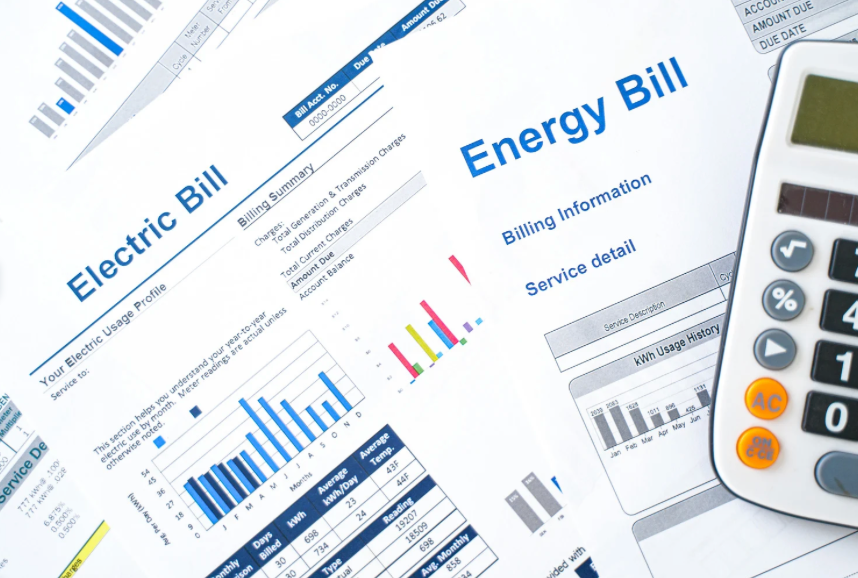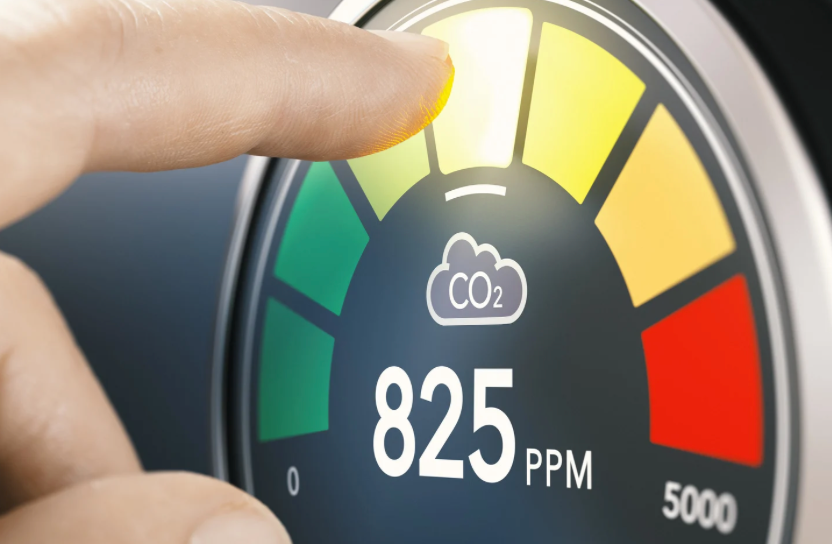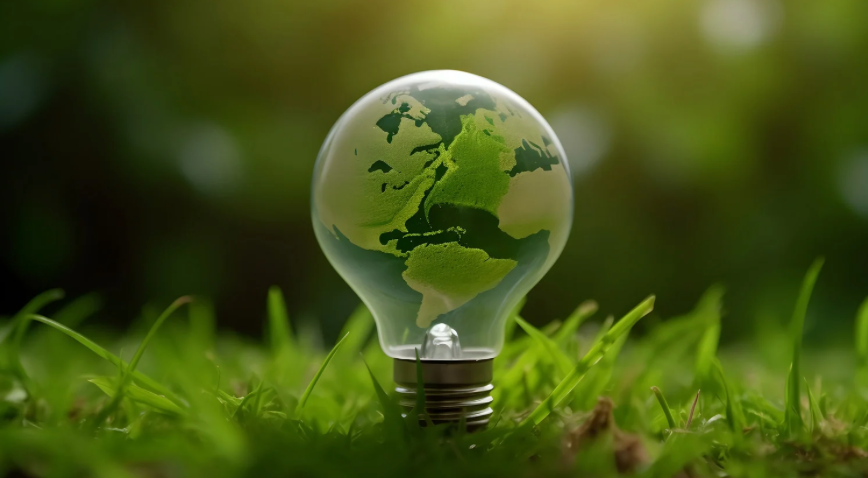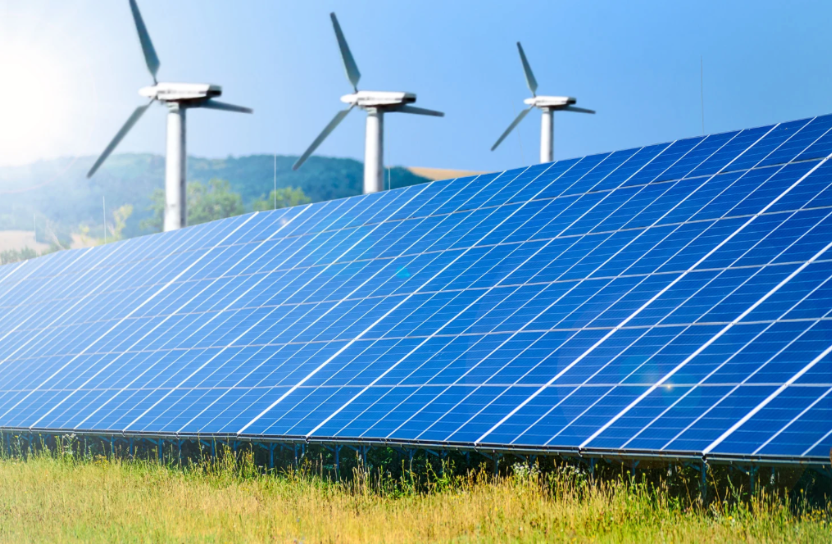Renewable Energy: a Growing Solution for a Sustainable Future

Updated at 2025-10-21
The energy sector is the largest source of greenhouse gas emissions globally (about 75% of total emissions), which makes transitioning from fossil fuels to sustainable, renewable energy sources crucial to reduce carbon emissions and secure a sustainable future. However, the transition to renewable energy sources is not only about electricity – it encompasses all forms of energy, from heating to transportation, with far-reaching effects on the economy, environment, and society.
A climate solution with multiple benefits
Lower Climate Impact
Renewable and fossil-free energy sources have lower greenhouse gas emissions than fossil fuels. Wind power, solar energy, and geothermal energy generate electricity without emitting carbon dioxide or other greenhouse gases, making these renewable sources essential in the fight to reduce fossil fuel use and global warming. When used for heating and transportation, renewable energy sources are also much more sustainable than fossil fuels like oil, coal, and natural gas.
Nuclear power and hydropower, which are also fossil-free during operation, emit small amounts of greenhouse gases but have other issues. Such as energy-intensive uranium and raw materials mining, long-term management of nuclear waste, and biodiversity loss, for which they cannot be called renewables.
Despite these challenges, they have a significantly lower climate impact than fossil fuels, which can make them a good complement in a fossil-free energy mix, especially in ensuring stability in energy supply. It is why they are categorized under the umbrella name of “green energy”, which also includes renewable sources.

Economic benefits and more stable electricity prices
In the Nordic region, where hydropower is a significant part of the energy mix, electricity prices are often lower than in other European countries. Renewable energy sources like wind and solar also have very low variable costs. Wind, sun, and water are free natural resources, making operating costs much lower than for fossil fuels that are sensitive to global market fluctuations. In the long run, increasing the share of renewable energy can contribute to more stable electricity prices since it is not dependent on fuel prices that can vary significantly.
Renewable energy also creates economic benefits by generating jobs in new sectors such as solar panel production, wind power, and energy storage. The shift to renewables offers new growth opportunities in the industry and can provide stability to national and local economies.

Reduced environmental impact and better air quality
Fossil fuels not only lead to climate change but also cause serious environmental problems like acidification and health issues. Burning fossil fuels releases sulfur dioxide, nitrogen oxides, and particulate matter, which negatively affect both nature and human health. Renewable energy sources significantly reduce these emissions, contributing not only to mitigating climate change but also improving air quality and reducing respiratory diseases.
It’s important to note, however, that even green energy has some environmental impact. For example, large hydropower projects can alter ecosystems and negatively impact local communities. Wind turbines affect the landscape and may pose a danger to birdlife, while nuclear power has waste management challenges that must be handled long-term. Despite these challenges, the total impact of renewable and green energy sources is much lower than fossil alternatives.

Local energy production and consumption
One of the biggest steps toward reducing our dependence on imported fossil fuels is strengthening domestic production of renewable energy. This not only reduces vulnerability to global energy crises and geopolitical tensions but also strengthens energy security by making countries less dependent on external suppliers and self-sufficient in electricity production and energy consumption.
Renewable energy is largely domestic – for example, wind and solar energy can be produced locally, reducing the need for long-distance transportation and the risk of energy losses in the system. Solar energy and wind power can also be decentralized solutions, meaning they can be built and used directly where the need exists, such as in countries with vast areas lacking an electricity grid.
Part of the solution to creating a sustainable and decentralized energy supply is using locally produced renewable energy for both electricity and other needs like heating, cooking, and transportation. This is where renewable fuels like biogas, solar heating, and small-scale wind turbines come into play, especially for rural areas without access to large power grids.

Renewable energy sources
Renewable energy includes several different sources, each with its own advantages and challenges. Below we review the key renewable energy sources and their role in the energy transition.
1. Solar Energy
Solar energy is one of the fastest-growing energy sources globally. Through solar panels, sunlight is directly converted into electricity via photovoltaic panels (PV panels). Another technology, solar collectors, uses sunlight to heat water, which can be used for heating and industrial processes. In 2023, solar energy accounted for about 5.6% of the world’s total electricity production.
Advantages:
- Unlimited renewable energy source
- No climate impact during operation
- Can be installed on buildings and land
Challenges:
- Requires energy storage (batteries) for nighttime and cloudy days
- Manufacturing of solar panels requires energy and raw materials.

2. Wind Power
Wind power is one of the most cost-effective renewable energy sources and is used globally to reduce dependence on fossil fuels. Wind turbines convert the kinetic energy of the wind into electricity.
Advantages:
- Low operating costs after installation
- Fast installation time
- No climate impact during operation
Challenges:
- Intermittent energy production depending on wind conditions
- Can affect the landscape and wildlife.
3. Bioenergy
Biomass is the original organic material, such as wood, agricultural residues, and forest waste, which can be converted into energy. Biofuels are the processed form of biomass, divided into solid (e.g., pellets), liquid (such as biodiesel), and gaseous fuels. Biogas is a specific type of gaseous biofuel formed through the fermentation of organic waste and used for electricity, heat, and fuel.
Although biofuels emit biogenic CO₂ (not fossil), they still impact the climate in the short term. Fast-growing plants can reabsorb CO₂ quickly, but deforestation, for example, has a much longer recovery period. Thus, the climate benefit depends heavily on the source.
Advantages:
- Renewable fuel option
- Reduces waste through reuse
Challenges:
Challenges identified by Oxfam if proper policies are not put in place and the market continues as usual.
- Can compete with food production for land
- Emissions during combustion, though lower than fossil fuels.
- It faces criticism for displacing communities for the growth of the food and other human rights violations

4. Geothermal Energy
Geothermal energy is heat extracted from the Earth’s interior, used for electricity production, heating, and industrial processes. The Earth's core generates massive amounts of heat through radioactive decay, which warms up the bedrock and groundwater.
This energy can be utilized through geothermal power plants, where hot water or steam is pumped from underground reservoirs to drive turbines and generate electricity. Direct use of geothermal energy is also common, such as for district heating or building heating.
Geothermal energy is a stable and renewable energy source with low carbon emissions, but its availability is geographically limited, and drilling can be costly. Countries like Iceland, the Philippines, and the U.S. have favorable conditions and use geothermal energy on a large scale.
With technological development, geothermal energy may play a bigger role in the global energy transition. A closely related technology is ground-source heat pumps, which extract solar heat stored in the bedrock at shallower depths and are used for building heating.
Advantages:
- Stable and consistent energy source
- Low greenhouse gas emissions
Challenges:
- Limited geographical availability
- High initial costs.

Green - but not considered as renewable
Hydropower
Hydropower is a well-established green energy source used on a large scale in many countries. By storing water in dams or utilizing the flow of rivers, the kinetic energy is converted into electricity via turbines.
Advantages:
- Stable and reliable energy production
- Can store energy in reservoirs and use it as needed
Challenges:
- Impacts ecosystems and water flows
- High investment costs.

Energy efficiency and reduced energy consumption
Despite the tremendous benefits of renewable energy, it is important to understand that no energy production is completely without impact. All forms of energy production have some environmental impact throughout their life cycle. Some renewable sources require resources to manufacture equipment and facilities, which means they also have an environmental impact in terms of production and transport.
Moreover, the biggest challenge is not just to produce energy sustainably but also to reduce overall energy consumption. Whether we use fossil or renewable energy, if we don’t use it efficiently, we will still have a negative impact on the climate.
One of the most environmentally friendly actions is to reduce electricity and energy consumption through better technology, more efficient buildings, and a more conscious lifestyle. This requires both political will and individual effort to streamline our energy systems and make them more sustainable.
Global transition – countries must act together
To achieve the climate goals necessary to avoid the most devastating effects of climate change, the transition from fossil fuels to renewable energy must happen quickly and globally. At the COP28 meeting in Dubai in 2023, the world’s countries agreed to triple renewable energy use and double energy efficiency by 2030. This is an important step, but more ambitious actions are needed to truly reverse the trend and meet the Paris Agreement goal of limiting global warming to under 2 degrees.
At the same time, the transition is not just about reducing emissions, but also an opportunity to provide more sustainable energy to the billions of people who still lack access to electricity. It is a matter of human rights, development, and poverty reduction. Renewable energy can be the key to enabling these communities to develop sustainably without increasing global climate impact.
Challenges and opportunities
The shift to renewable energy is one of the greatest challenges and also one of the biggest opportunities we face. By increasing the use of renewable energy sources like wind, solar, and geothermal, we can reduce our greenhouse gas emissions, improve the environment, and create a more stable and sustainable future. At the same time, we must not only think about producing energy sustainably but also using it efficiently to truly meet global climate goals.
Renewable energy offers a solution that is both technically feasible and economically advantageous. It is time for the world to act quickly and together to phase out fossil energy and invest in sustainable energy solutions that can meet the needs of all people without overloading the planet’s boundaries.
Renewable energy as the solution for the future
Renewable energy sources provide a solution that is both technically feasible and economically advantageous. They help reduce climate impact, create economic growth, and improve energy security.
But to maximize the benefits, investments in energy storage, electricity grid infrastructure, and more efficient energy use are needed. Global cooperation and national strategies will be crucial in meeting future energy challenges and achieving the climate goals set by the Paris Agreement. With continued research and innovation, renewable energy could become the dominant energy source in the future.
Related content
Here you can find articles and pages relevant to this subject.
- Biofuel Blunders: Time to fix two decades of EU policies driving food insecurity
- FAO – Food and Agriculture Organization of the United Nations: What is sustainable bioenergy?
- Geothermal Energy Association
- International Energy Agency
- International Hydropower Association
- Naturskyddsföreningen: Så ska alla få tillgång till förnybar el (in Swedish)
- Naturvårdsverket: Globala utsläpp av växthusgaser (in Swedish)
- WindEurope
- WWF Sverige: Förnybar energi: Vår enda framtid (in Swedish)